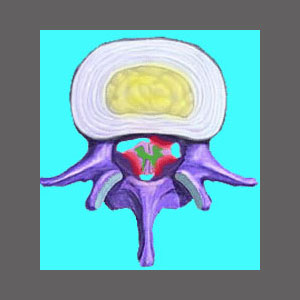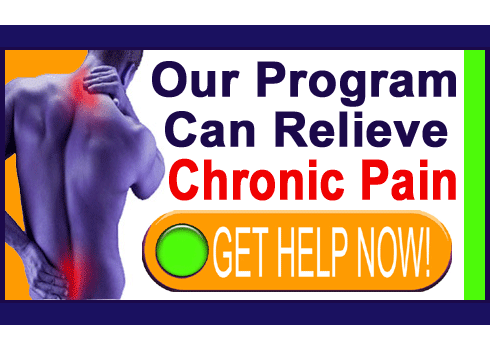
What type of spinal stenosis therapy prescription will you receive? Drugs? Exercises? Surgery? There are many possible treatments. How do you know which one is right for you? Which will work best? Be the safest? Cause the least disruption to your life?
Spinal stenosis treatment is certainly a diverse industry and the type of caregiver you consult with will most likely influence the prescription that you receive. What is the best type of doctor to see when it comes to spinal stenosis?
This discussion focuses on the most common therapies for spinal stenosis and the types of caregivers that are likely to recommend particular treatment options. If you have been told that you need (fill in therapy recommendation here) to treat your spinal stenosis, be sure to read this interesting dialog before making up your mind.
Conservative Spinal Stenosis Therapy
Conservative prescriptions are most often handed out by caregivers who can perform these types of therapy, including chiropractors, physical therapists and sports medicine physicians. In many cases, conservative care is also recommended as a precursor to surgical approaches to treatment by orthopedists and neurologists. This might be in the patient’s best interest or simply a formality that is needed to gain health insurance coverage for a surgical procedure…
Conservative care for spinal stenosis is usually symptomatic in nature and will not do anything to reverse or cure the actual spinal canal narrowing. Here are the most common of all conservative and noninvasive spinal stenosis treatments:
Chiropractic is very popular and might provide patients with pain relief and improved physical functionality. We typically do not recommend that patients choose a chiropractor as their primary caregiver for verified spinal canal stenosis, due to the limited treatment options available from these providers.
Exercise and physical therapy is often utilized in advance of more drastic treatment by all manner of care providers. Exercise might provide some degree of relief and improve physical functionality. Exercise and PT are constructive methods of care, so there is no risk in utilizing them. They actually improve overall health and wellness.
Drugs are the most common and dangerous conservative treatment for stenosis. OTC and prescription drugs are toxic and will cause definitive harm to all users, particularly over long timelines.
Bodywork might be used in addition to any of the therapies above, including various forms of massage. These treatments act as symptomatic care for stenosis at best and some patients will enjoy few or no benefits at all.
Spinal decompression is considered a moderate treatment modality and is best suited for foraminal stenosis, rather than central spinal stenosis. When any type of stenosis is primarily caused by a disc issue, then spinal decompression might be ideal as a curative approach to care.
Invasive Therapy Options for Stenosis Care
Injections are commonly used when conservative methods of care demonstrate poor results. Injections are also commonly used along with other conservative care options to assist patients in coping with the pain of PT or exercise or the burden of working with stenosis.
Surgery comes in all types of procedures, with some being aimed at reducing pain, while others seek to cure the underlying stenosis. The most commonly used surgical techniques include discectomy, laminectomy, corpectomy and spinal fusion.
While we are notoriously anti-spinal surgery in our outlook, some cases of stenosis are actually optimally treated using surgery. As long as the diagnosis is verified to be accurate and the prognosis for care is good, surgery might be a truly indicated path for some stenosis patients.
Alternative Spinal Stenosis Therapy
Alternative medicine might utilize herbs, activity or posture to influence spinal stenosis symptoms. These types of care might provide some small benefits, but are typically not regarded as really worthwhile for central spinal stenosis profiles.
The one time when alternative medicine is the best course of action is when spinal stenosis is misdiagnosed as the cause of pain, which happens quite frequently. Remember that stenosis is normal to experience as we get older and that most cases are not symptomatic. In cases of misdiagnosed stenosis where the patient is actually suffering from ischemic pain, knowledge therapy is the best path towards a cure.
Finally, in cases where the patient might not want surgery and does not want to take drugs or injections, pain coaching might be a wise path to consider. The practices involved are effective and safe, encouraging health rather than degrading it.
Spinal Stenosis > Spinal Stenosis Relief > Spinal Stenosis Therapy





